What is the “Squinch” and How Will it Improve Your Portrait Photography?
Do you want to know how to capture honest expressions in your headshots? Do you want to know how to make your photographs look more natural and even cooler? Here’s some advice from an outstanding headshot photographer Peter Hurley, who Marc recently interviewed. He was back with us giving tips on the squinch, to give your headshots that special touch.
What is the Squinch?
Peter describes squinching as narrowing the distance between the lower eyelid and the pupil. This shows confidence through our eyes. When we are confident, we tend to squinch. When we are scared, our eyes widen. Our internal feelings are expressed externally through our eyes. We tend to do this on a daily basis and not just when being photographed. So, in that way, squinching adds to the expression value of our face.
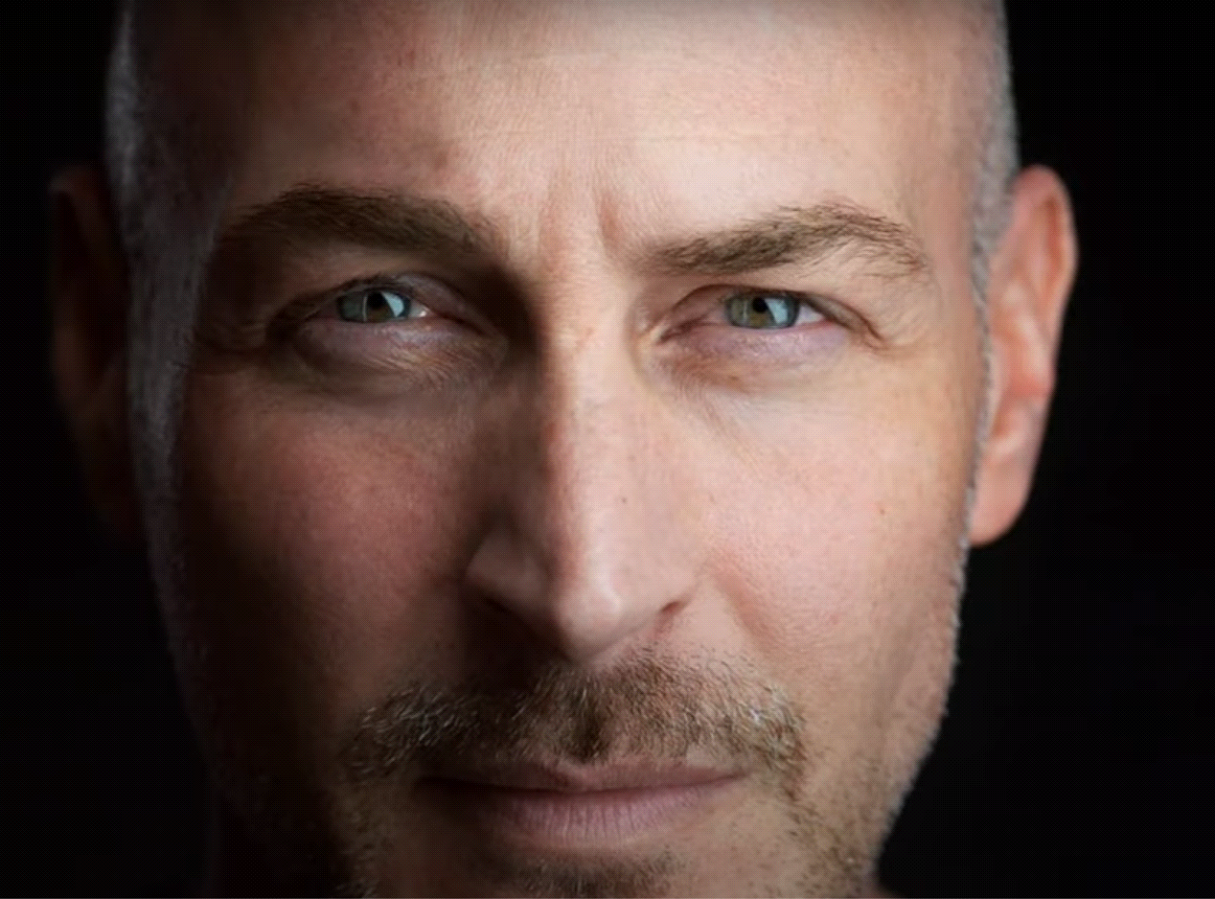
A Natural Squinch
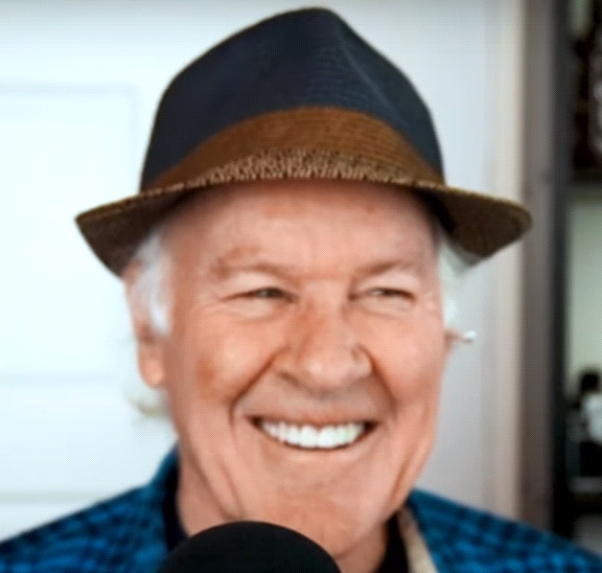
When we laugh, we tend to squinch.
Squinting Vs Squinching
It is important to note that the eyes brows should not be moved in order to squinch. Widening your eyes or trying to use them to reduce the distance between the eyelids and the pupil is called squinting. This does not make the expression on the face look authentic.

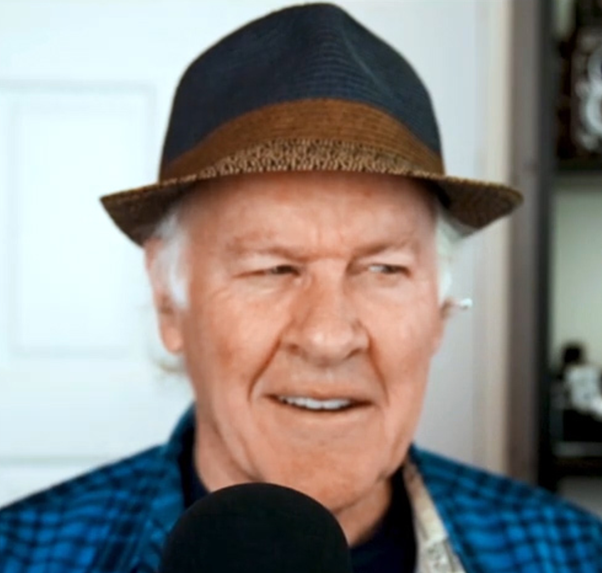

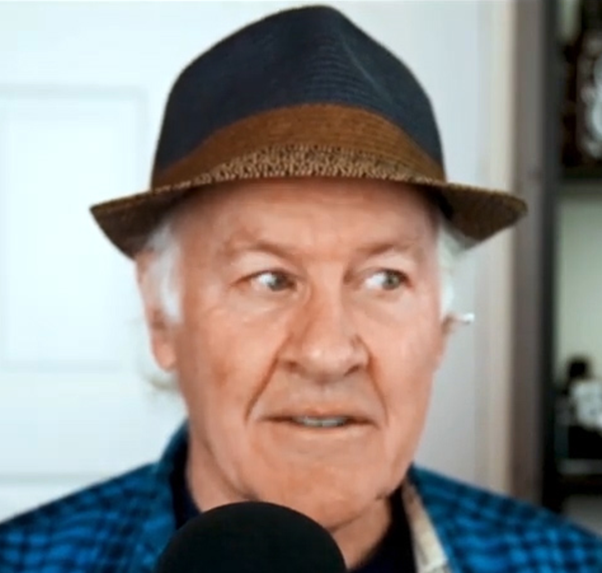
Independent Squinching
Some people do not have even eye sizes. For them, one eye is usually slightly bigger than the other one. In such people, squinching the smaller eye does not equalize the difference. So, they should squinch each eye independently, reducing the distance between the pupil and the lower eyelid only for the bigger eye.
Relaxed eye Vs Squinching
While posing in front of camera with relaxed eyes can make the photograph look normal, squinching radiates coolness. Peter prefers to shoot his subjects squinching because they tend to look fearful otherwise.
Relaxed Eye
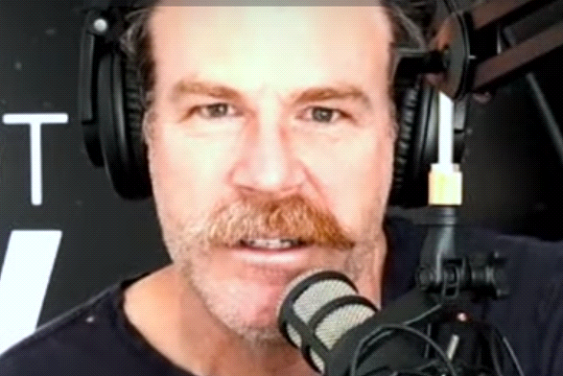
Squinching
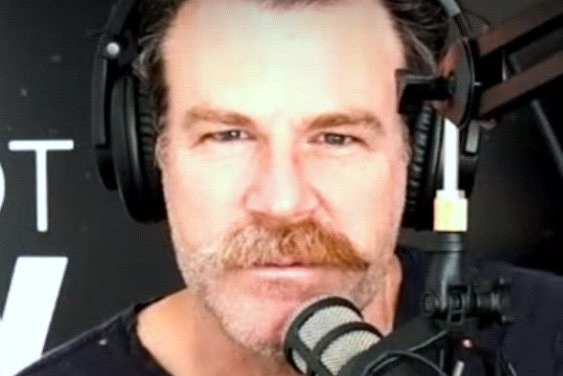
Mastering the Squinch
Squinching may not come naturally to you while taking a photograph, even though we tend to squinch on a daily basis. It takes muscle memory to be able to squinch as soon as the camera is on. So, it takes some practice to get a shoot ready squinch at any time.
Negative Squinching
Peter describes negative squinching as ‘Brain Freeze’ or ‘Sanpaku’, which is when either the white space below or above the iris is visible.
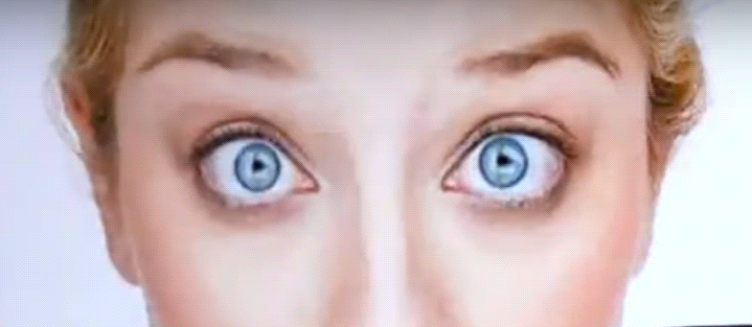
The white iris can be clearly seen on three corners of the eye in such a case. This takes away from the look the photograph is trying to convey.
Check out the video to see exactly how Peter directs a subject and an interesting chat about the squinch and to learn more from Peter’s squinch book.
Learn More about Peter Hurley:
Website
Peter’s Headshot Crew
Instagram
Join the AYP Club!
Find all our past podcasts here.

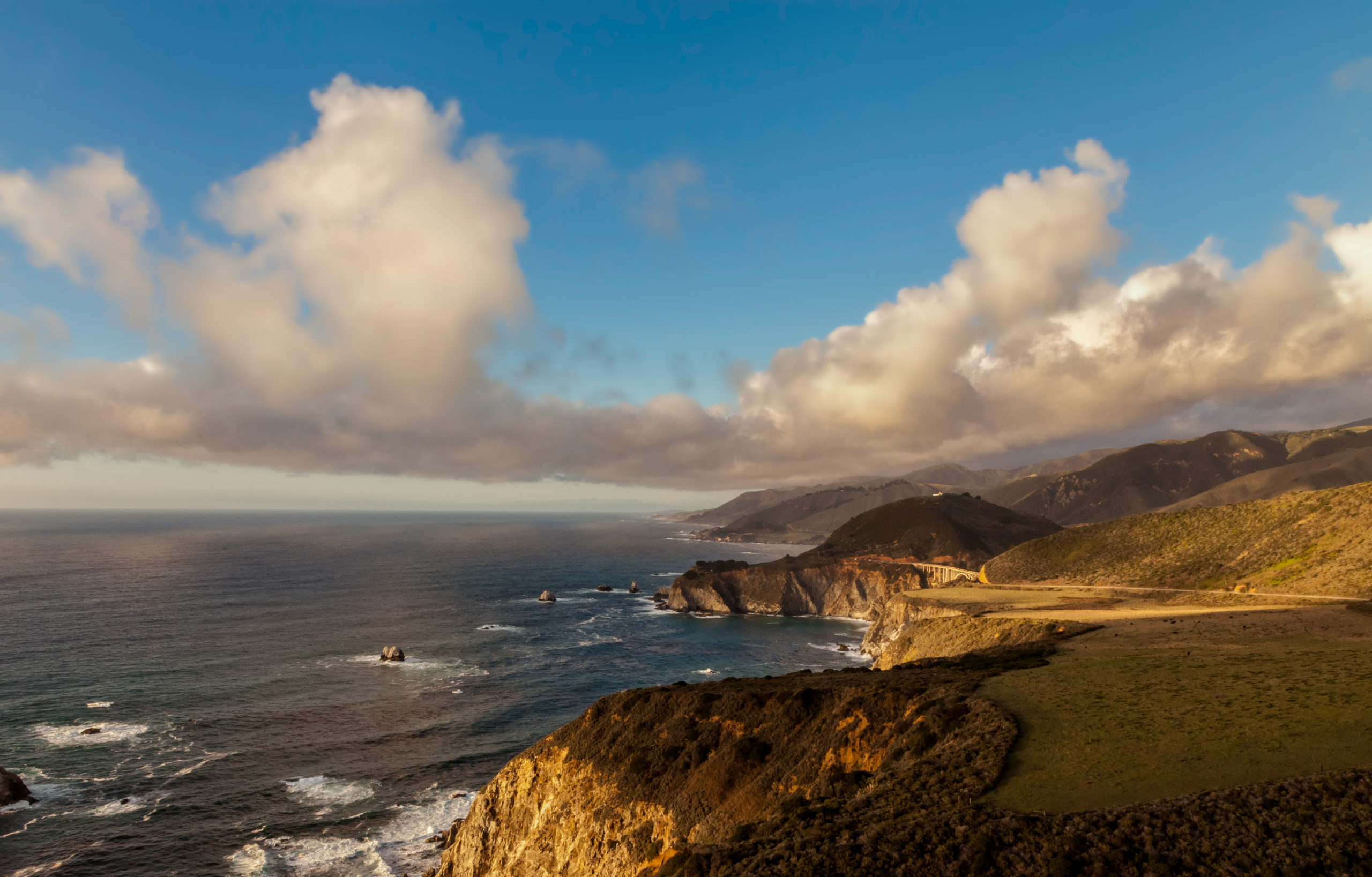
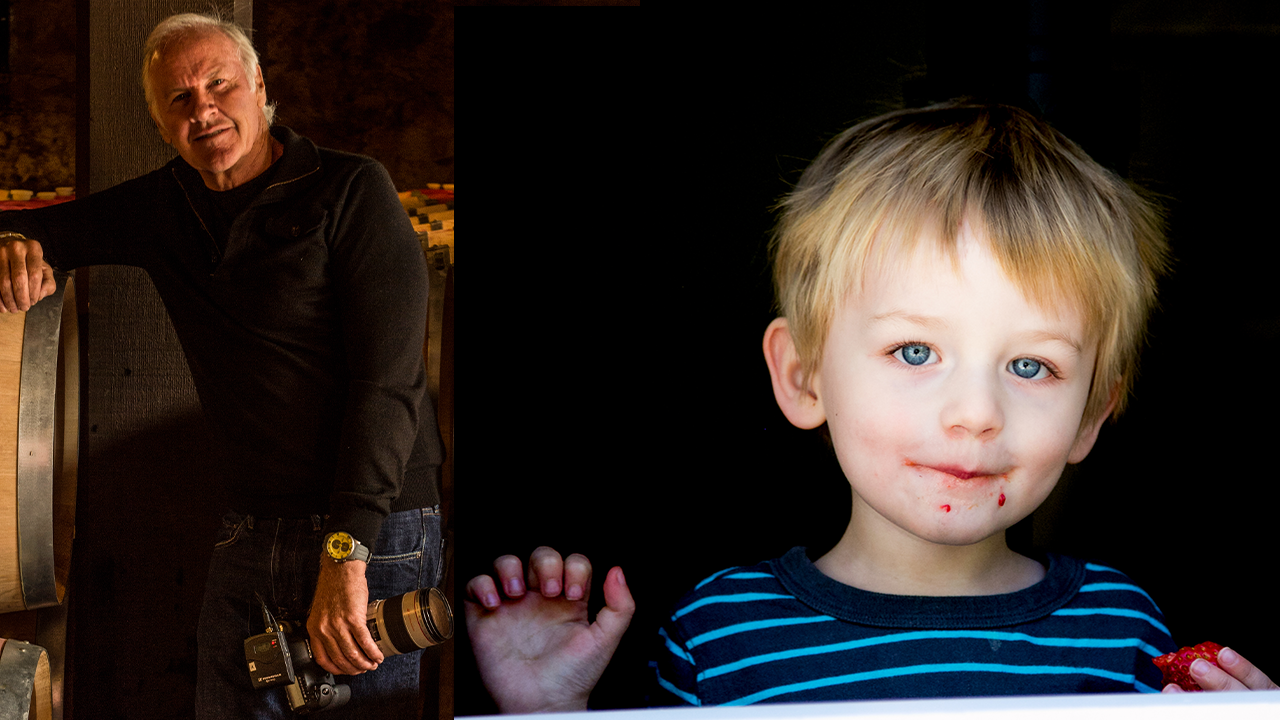
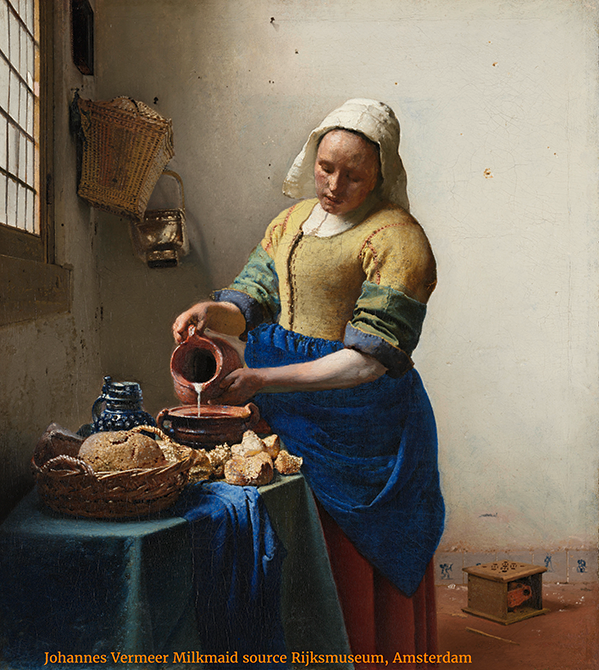
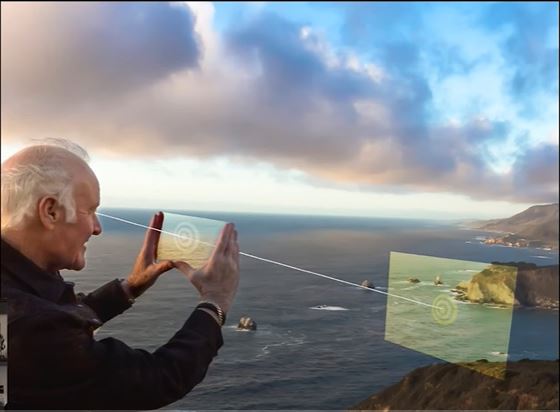
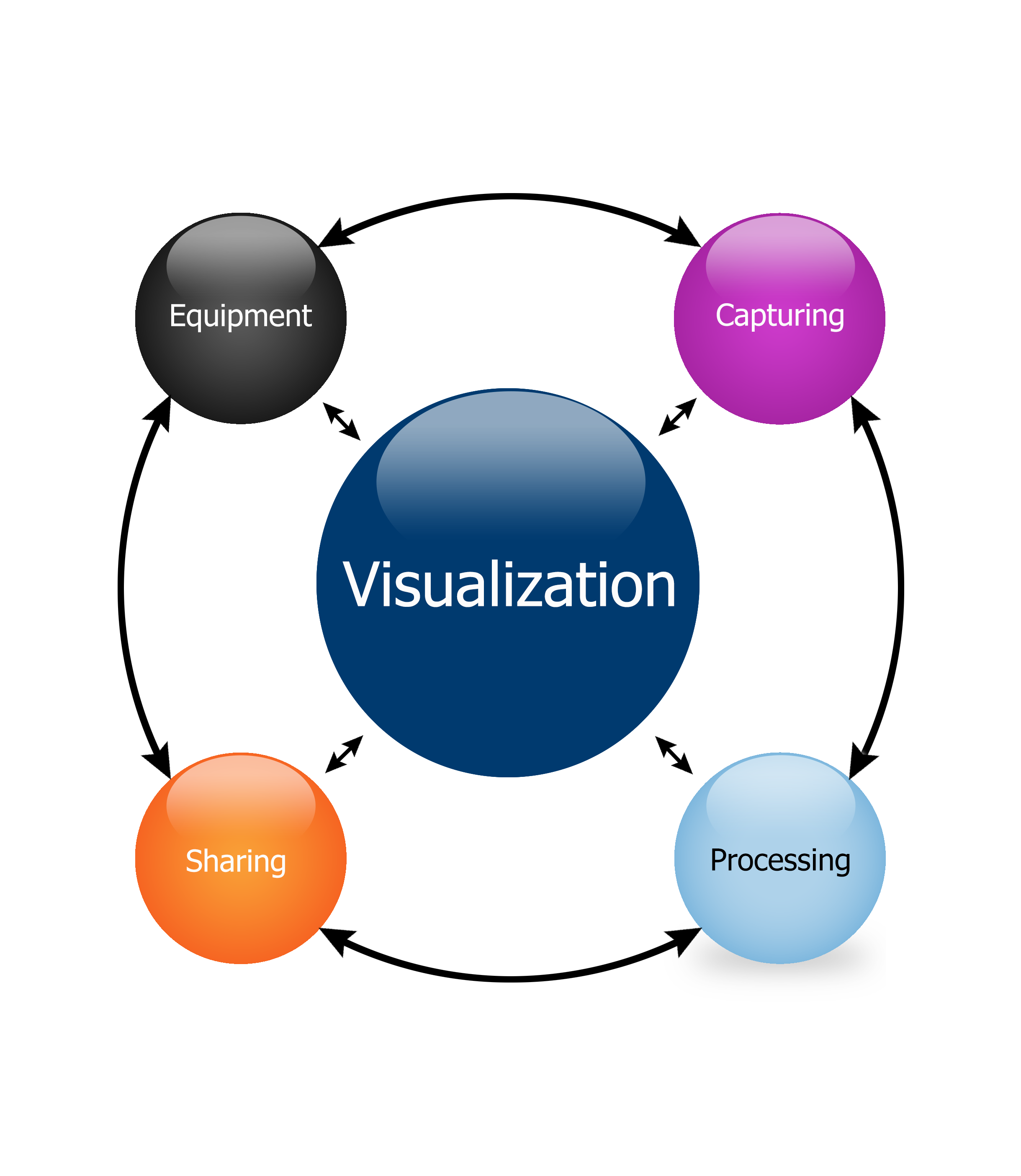
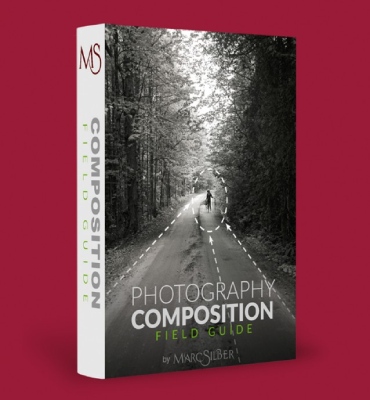
Leave A Comment
You must be logged in to post a comment.